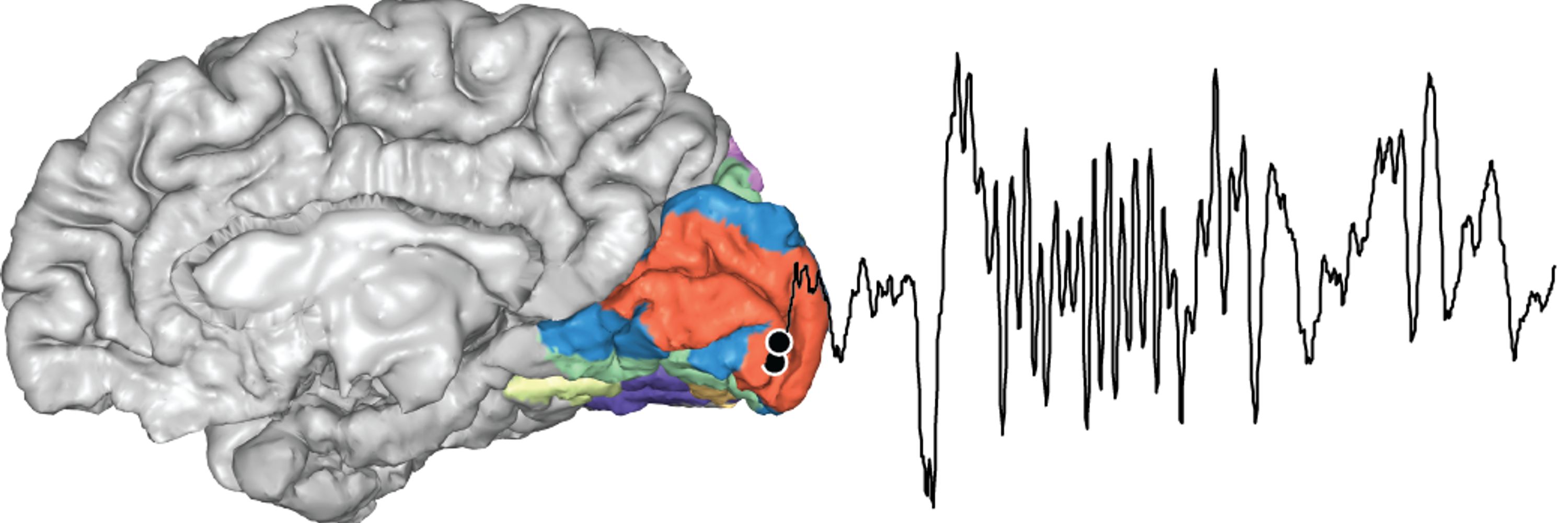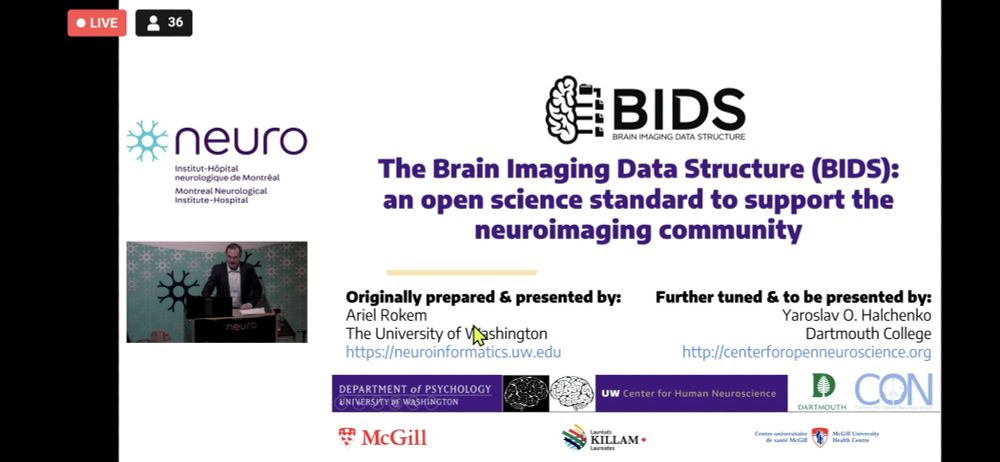Dora Hermes
@dorahermes.bsky.social
270 followers
85 following
7 posts
Associate Professor in Biomedical Engineering at Mayo Clinic, views are my own.
Posts
Media
Videos
Starter Packs
Pinned
Dora Hermes
@dorahermes.bsky.social
· Mar 14

Human pulvinar stimulation engages select cortical pathways in epilepsy
The pulvinar has been proposed as an effective neuromodulation target for patients with posterior quadrant and temporal epilepsies. However, the pulvinar has a large tissue volume, multiple subnuclei, and widespread cortical connections. It remains unknown whether electrical stimulation of distinct pulvinar subregions affects the temporal, occipital, and parietal areas differently. To address this gap, we delivered single-pulse electrical stimulation to the pulvinar and measured the resulting brain stimulation evoked potentials in twelve patients undergoing stereotactic EEG for drug-resistant epilepsy. Brain stimulation evoked potentials were parameterized across the occipital, temporal and parietal cortex. Stimulation of the lateral pulvinar elicited significant brain stimulation evoked potentials in striate and extrastriate areas that diminish as stimulation shifts towards the medial pulvinar. Conversely, stimulation of the ventral aspect of the medial pulvinar produced significant lateral temporal evoked potentials, which diminish with lateral pulvinar stimulation. We also found that stimulation of the dorsomedial pulvinar evoked significant parietal responses with limited striate/extrastriate and lateral temporal responses. These results demonstrate that electrical stimulation of specific pulvinar subregions influences distinct occipital, parietal and lateral temporal areas. Selective targeting of pulvinar subregions to maximize seizure network engagement may be essential for individualized treatment of posterior quadrant and temporal epilepsies. ### Competing Interest Statement N.M.G is an industry consultant for NeuroOne. J.J.V.G has been an investigator for the SLATE trial, Medtronic EPAS trial, and Mayo Clinic Medtronic NIH Public Private Partnership (UH3-NS95495); is a site Primary Investigator in the NXDC Gleolan Men301 trial, site Primary Investigator in the Insightec MRgUS EP001 trial, and site Primary Investigator in the Polyganics ENCASE II trial. J.J.V.G is inventor of intellectual property licensed to Cadence Neuroscience, has owned stock in and has had consulting contracts with NeuroOne. G.A.W has intellectual property licensed to Cadence Neuroscience and NeuroOne. G.A.W serves on advisory boards for NeuroOne, UNEEG, LivaNova, and NeuroPace. J.T.W. provides consulting and holds lectures for Medtronic and Clearpoint Neuro, consults for Fortec Medical and AiM Medical Robotics, and has research contracts with Abbott Neuromodulation, Inner Cosmos, and Neuropace. All other authors declare no competing interests.
www.biorxiv.org
Reposted by Dora Hermes
Dora Hermes
@dorahermes.bsky.social
· Aug 19
Reposted by Dora Hermes
Reposted by Dora Hermes
Pierre Mégevand
@vanmedge.bsky.social
· Apr 10
Reposted by Dora Hermes
Dora Hermes
@dorahermes.bsky.social
· Apr 16
Dora Hermes
@dorahermes.bsky.social
· Mar 15
Dora Hermes
@dorahermes.bsky.social
· Mar 15
Dora Hermes
@dorahermes.bsky.social
· Mar 14

Human pulvinar stimulation engages select cortical pathways in epilepsy
The pulvinar has been proposed as an effective neuromodulation target for patients with posterior quadrant and temporal epilepsies. However, the pulvinar has a large tissue volume, multiple subnuclei, and widespread cortical connections. It remains unknown whether electrical stimulation of distinct pulvinar subregions affects the temporal, occipital, and parietal areas differently. To address this gap, we delivered single-pulse electrical stimulation to the pulvinar and measured the resulting brain stimulation evoked potentials in twelve patients undergoing stereotactic EEG for drug-resistant epilepsy. Brain stimulation evoked potentials were parameterized across the occipital, temporal and parietal cortex. Stimulation of the lateral pulvinar elicited significant brain stimulation evoked potentials in striate and extrastriate areas that diminish as stimulation shifts towards the medial pulvinar. Conversely, stimulation of the ventral aspect of the medial pulvinar produced significant lateral temporal evoked potentials, which diminish with lateral pulvinar stimulation. We also found that stimulation of the dorsomedial pulvinar evoked significant parietal responses with limited striate/extrastriate and lateral temporal responses. These results demonstrate that electrical stimulation of specific pulvinar subregions influences distinct occipital, parietal and lateral temporal areas. Selective targeting of pulvinar subregions to maximize seizure network engagement may be essential for individualized treatment of posterior quadrant and temporal epilepsies. ### Competing Interest Statement N.M.G is an industry consultant for NeuroOne. J.J.V.G has been an investigator for the SLATE trial, Medtronic EPAS trial, and Mayo Clinic Medtronic NIH Public Private Partnership (UH3-NS95495); is a site Primary Investigator in the NXDC Gleolan Men301 trial, site Primary Investigator in the Insightec MRgUS EP001 trial, and site Primary Investigator in the Polyganics ENCASE II trial. J.J.V.G is inventor of intellectual property licensed to Cadence Neuroscience, has owned stock in and has had consulting contracts with NeuroOne. G.A.W has intellectual property licensed to Cadence Neuroscience and NeuroOne. G.A.W serves on advisory boards for NeuroOne, UNEEG, LivaNova, and NeuroPace. J.T.W. provides consulting and holds lectures for Medtronic and Clearpoint Neuro, consults for Fortec Medical and AiM Medical Robotics, and has research contracts with Abbott Neuromodulation, Inner Cosmos, and Neuropace. All other authors declare no competing interests.
www.biorxiv.org
Reposted by Dora Hermes
Reposted by Dora Hermes
Reposted by Dora Hermes
Reposted by Dora Hermes



